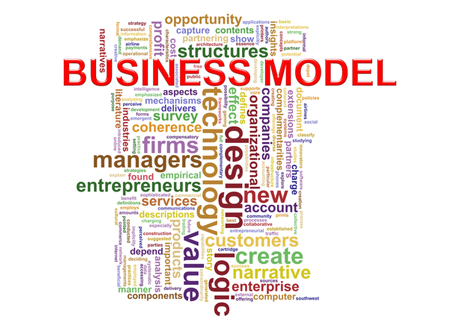How to Select Your Best Value Innovation Project – The Secret is in a Well-Managed Product Project Portfolio!
Innovation is on everyone's lips as a solution to post-COVID economic recovery. The world of innovation has a very broad definition: It’s often referred to as an information technology innovation... but our worldwide economy is still very reliant on manufacturing. How you select your best innovation project is undoubtedly a starting point!







